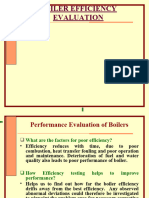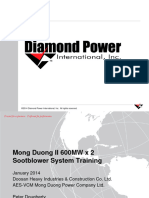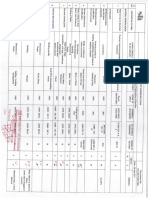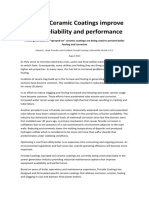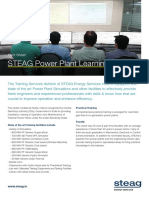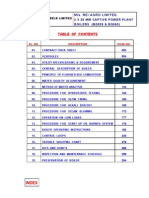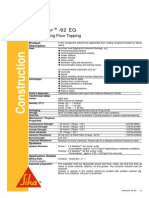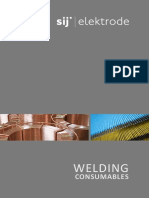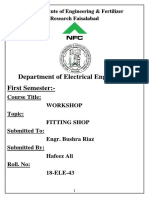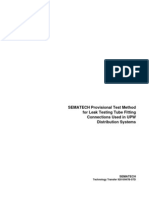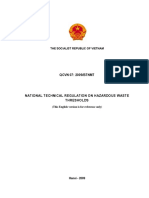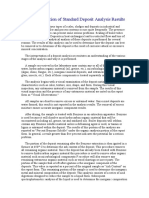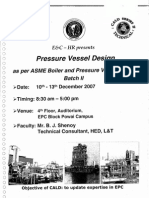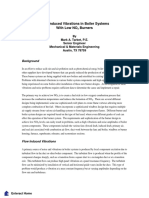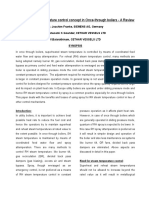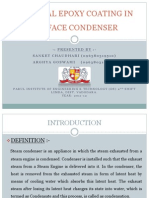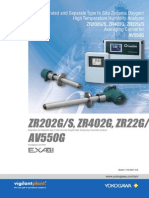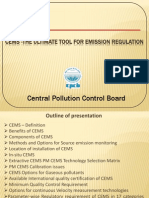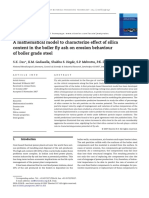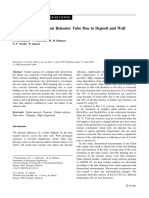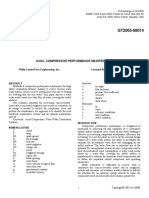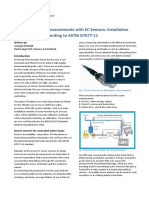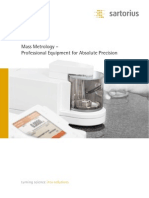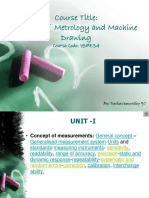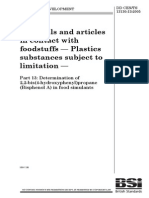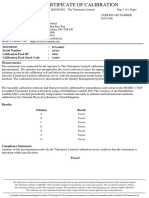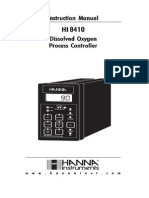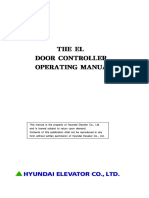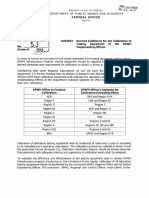0% found this document useful (0 votes)
142 views46 pagesCEMS: Comprehensive Emission Monitoring Guide
CEMS, or continuous emissions monitoring systems, provide real-time emissions data through components that draw, condition, and analyze flue gas samples. CEMS offer benefits like greater transparency, optimization of pollution controls, and lower compliance costs compared to manual emissions monitoring. Key CEMS components include sample collection interfaces, analyzers, data acquisition systems, and flow monitors. CEMS can be installed in-situ in the stack or use extractive systems to draw gas samples. Proper calibration using isokinetic stack sampling data is needed to correlate CEMS measurements with reference methods.
Uploaded by
Raden MasCopyright
© © All Rights Reserved
We take content rights seriously. If you suspect this is your content, claim it here.
Available Formats
Download as PPSX, PDF, TXT or read online on Scribd
0% found this document useful (0 votes)
142 views46 pagesCEMS: Comprehensive Emission Monitoring Guide
CEMS, or continuous emissions monitoring systems, provide real-time emissions data through components that draw, condition, and analyze flue gas samples. CEMS offer benefits like greater transparency, optimization of pollution controls, and lower compliance costs compared to manual emissions monitoring. Key CEMS components include sample collection interfaces, analyzers, data acquisition systems, and flow monitors. CEMS can be installed in-situ in the stack or use extractive systems to draw gas samples. Proper calibration using isokinetic stack sampling data is needed to correlate CEMS measurements with reference methods.
Uploaded by
Raden MasCopyright
© © All Rights Reserved
We take content rights seriously. If you suspect this is your content, claim it here.
Available Formats
Download as PPSX, PDF, TXT or read online on Scribd
/ 46





